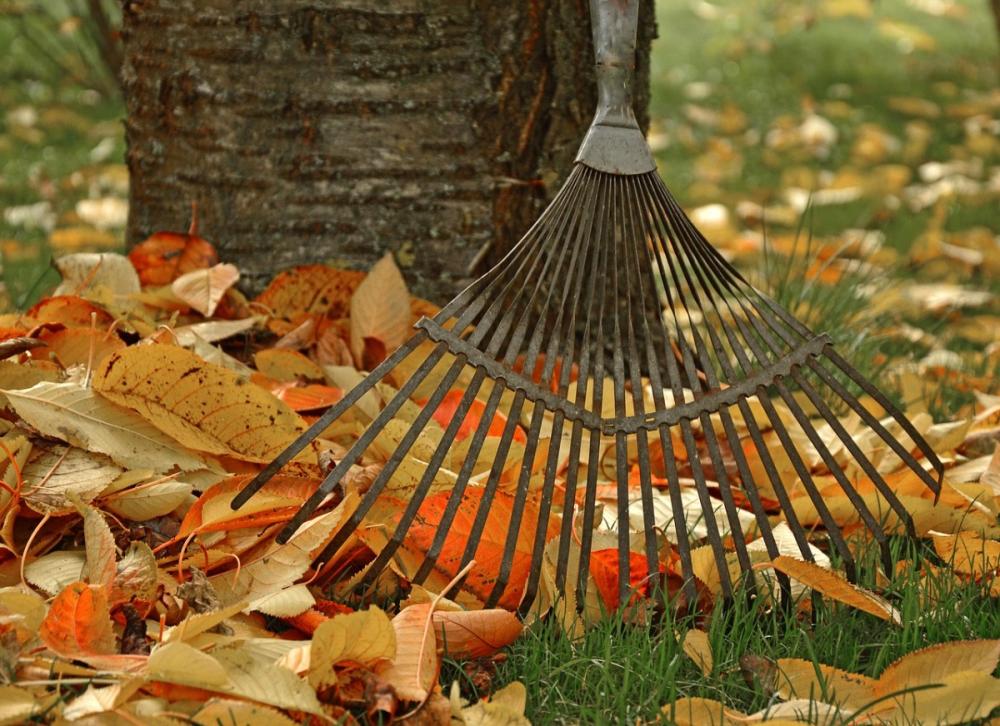search
date/time
 | Yorkshire Times Weekend Edition |
12:00 AM 4th October 2025
nature
Autumn Dangers: How To Protect And Prepare Your Garden From The Hazards Of The Changing Season

Image by Peggychoucair from Pixabay
An expert fromMyBuilder.com, the reliable way to hire experts, has said that the change in weather brings with it a multitude of essential maintenance jobs, if we want to have a healthy garden for the cooler months.
Tasks such as picking up fallen fruit, treating dead or damaged lawns, and sweeping up leaves, are all simple but vital ways to help our gardens. Jobs such as hedge trimming and tree pruning are now also on the table, as the annual March to September ban is over. It’s also almost time to consider the last mow of the year, as grass growth slows right down and our lawns have different needs to keep them lush and healthy.
James Lewis, an expert gardener from MyBuilder.com, said that neglecting these jobs can lead to a whole host of issues, well beyond just general untidiness.
“The end of summer and early Autumn are fantastic times to complete some basic maintenance of our outside spaces, ensuring they are in great shape for the months ahead.
“It’s a great time to trim hedges and trees now the birds aren’t nesting, and lawn care is vital at this time of year. Autumn is a time for preparation in our gardens, so schedule in the jobs you need to do while the weather is still good and nights are relatively light.”
MyBuilder.com’s expert tips for your perfect Autumn garden include:
Trim your hedges
The ban is over, birds are no longer nesting, and it’s a perfect time to get those hedges looking great. Not only does this ensure that your overgrown hedges look tidy, but it also removes dead branches and leaves, keeping away pests and diseases while also promoting healthy growth for the lighter seasons. Use a cordless hedge trimmer, or a string trimmer with a hedge trimmer attachment pieces for areas hard to reach. It’s best to do this in dry weather as completing this task in wet weather increases your chances of plant disease. If tricky, call a tradesperson.
Mow before it’s too late
While grass will grow more slowly over the winter months, this doesn’t mean that it will stop completely. There will be rain over autumn and winter, and a waterlogged lawn will be hard to mow, and may even kill your grass. Final mows often happen in early October, but may be earlier should the weather be extreme. Leave the mower blade on a slightly higher setting so that your grass blades have more protection over the winter.
Feed your lawn
If you want a healthy lawn by spring, start feeding your lawn now. Use specialised autumn lawn food. Autumn lawn food is high in potassium and phosphates, which hardens the lawn ahead of harsher weather conditions and encourages root growth over winter.
Clear debris from your lawn
During autumn, debris such as leaves, fruit and dead twigs will fall on your lawn. As autumn is early in many parts of Europe, this has already started to happen. When leaves land on lawns they block airflow, meaning less sunlight and more chance of disease. However, mowing the leaves into the lawn provides a good mulch and nutrients (as long as the leaf layer isn’t too thick or soggy). Fallen fruit also attracts pests, as well as smelling bad and generating bacteria on the lawn.
Add mulch to your soil
Mulch is very important to add during the autumn season, as it helps rain penetrate the soil during colder months, and insulates and protects plants from harsh temperatures, as well as suppressing weeds. Popular choices include garden compost, leaf mould and wood chippings. Add a layer of two to three inches for the best results.
Remove weeds
Unless you weed during winter, they could get out of control by spring. Removing them now somewhat suppresses growth, and improves soil health. It’s better to remove from the root instead of using weed-killer spray, which can cause environmental harm and damage plants. Weeds focus on root growth to ensure survival for winter - removing from root makes survival much more difficult.
Check your trees
The end of summer is a great time to check the health of your trees, and if necessary, get a tree surgeon in. Maintaining the health of your trees is essential, as falling branches can cause major damage and can be extremely dangerous. Also, failure to correctly maintain your trees can invalidate your home insurance should they be the cause of any damage or accident.
Check your fence
Autumn and winter means windier weather, which means your fence could be at risk of blowing over if you’re not careful. Signs your fence may blow over in the wind include: Leaning/tilting post, broken/loose panels, rotting wood. If the damage appears significant, you may need to ask a tradesperson for help.